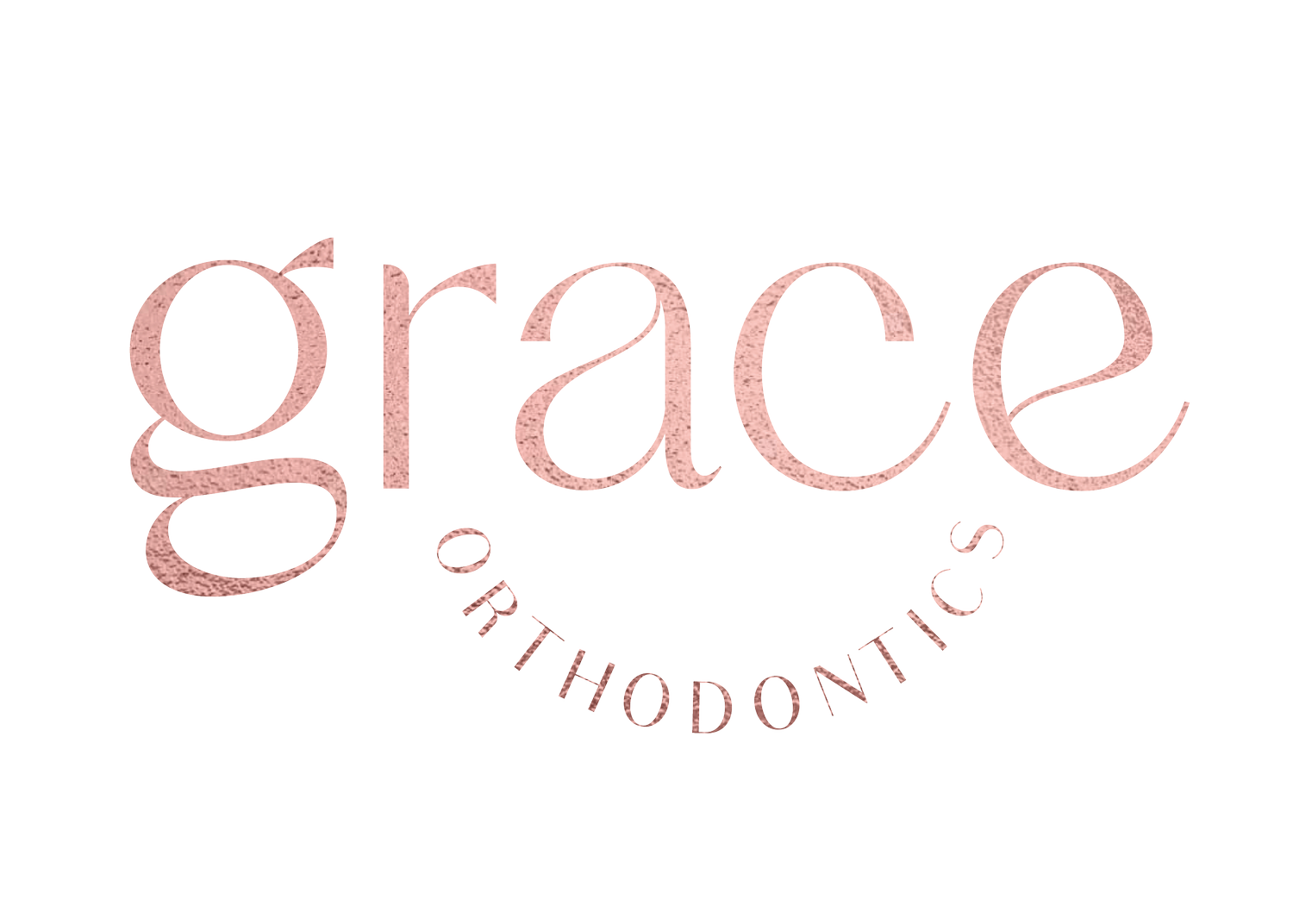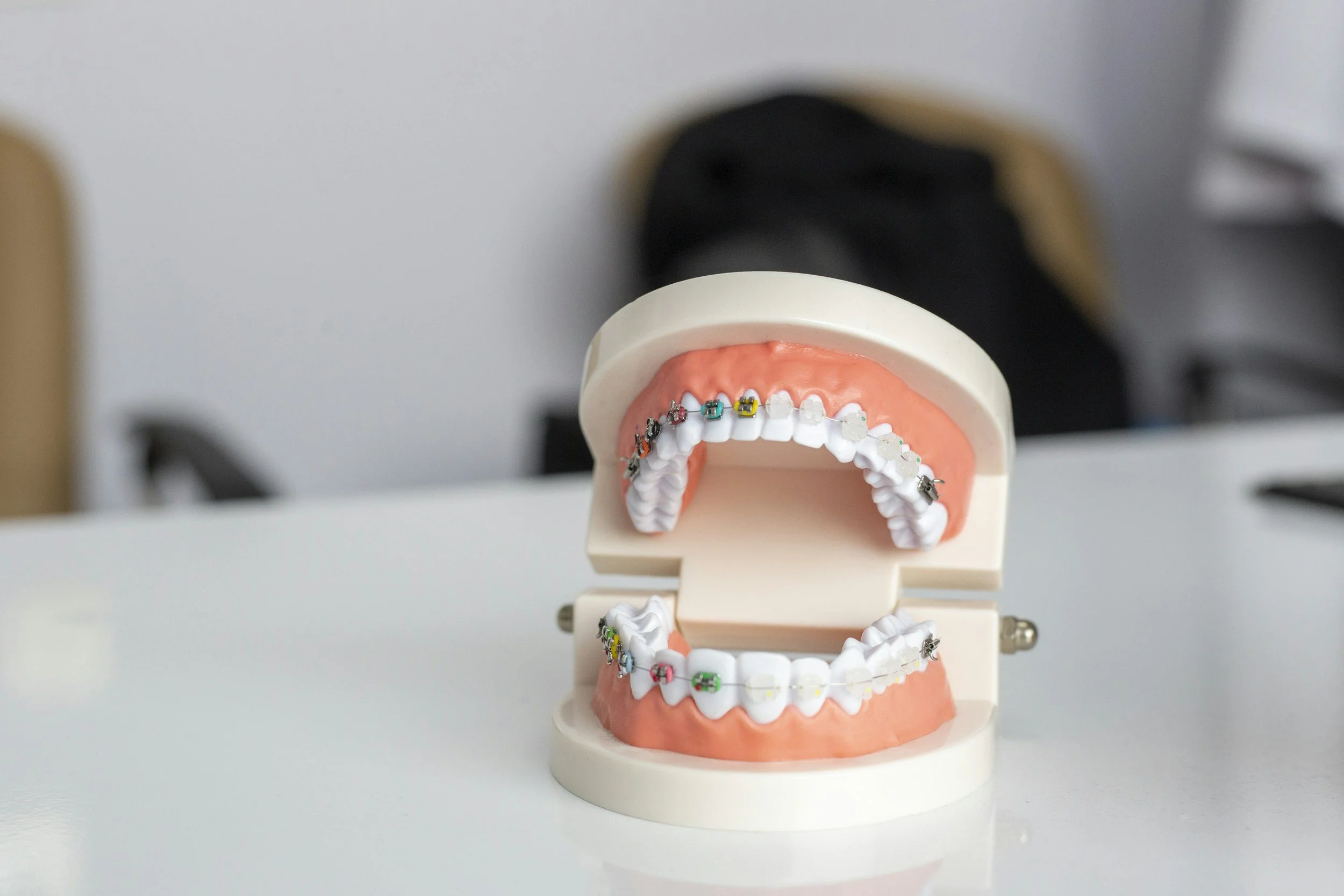Invisalign® vs. Traditional Braces: Which is Right for You?
Two paths to a confident smile—Invisalign keeps it discreet, while braces get the job done the classic way
When it comes to achieving that confident smile you’re looking for, there are two main paths forward: traditional braces and Invisalign.
The end goal may be the same, but each orthodontic treatment has its own distinct set of advantages. To help you pick the right option, let’s take a closer look at where they overlap, where they differ, and the pros and cons of each.
What Are Invisalign Aligners and Traditional Braces?
Let’s start with a very top-level overview.
Dinner prep is easier when you’re not navigating around brackets—Invisalign fits right into your lifestyle.
Invisalign, a household name in clear aligners, is a series of custom-made, removable trays that fit snugly over your teeth. These aligners gradually shift teeth into alignment, providing a nearly invisible way to correct your smile. Plus, since they’re removable, Invisalign is ideal for busy lifestyles, letting you eat and clean your teeth without restrictions. No more avoiding popcorn on family movie night…
Traditional braces, on the other hand, use a system of brackets and wires that are actually fixed to the teeth. These brackets are usually made of metal, but there are also clear or ceramic options that make them less visible. Over time, the wires are adjusted to apply pressure, moving teeth into place. Traditional braces have been a tried-and-true, go-to option for a long time, especially for complex corrective cases.
Confidence is easier when your orthodontic treatment stays invisible.
Appearance and Visibility
One of the biggest differences between Invisalign and traditional braces is their appearance. If you’re looking for a discreet solution, Invisalign clear aligners are almost invisible. Nice, right? The transparent trays let your natural smile shine through, making them a popular choice for adults and teens who want minimal visibility during treatment. Plus, as we mentioned above, you can pop the aligner out anytime you’d like, giving you a lot more control over when they’re on display.
Traditional braces, on the other hand, are much more visible, with brackets on each tooth connected by a wire. Ceramic or clear braces are more subtle than standard metal options, but still definitely noticeable. Not a big deal for some, but it is for others.
Comfort and Convenience
Let’s talk comfort.
Invisalign aligners are smooth and made from a flexible plastic, so there are no sharp edges or metal wires. This makes them generally more comfortable, and because they’re removable, you can pop them out during meals or when brushing your teeth.
With that said, some patients feel a little discomfort when they first start wearing their aligner, or after getting a new tray that’s been readjusted. This is normal: you’re gradually shifting your teeth, so some pressure is unavoidable, but it definitely should not be extreme.
Patients also adapt to wearing braces, but some irritation to the lips and cheeks (thanks to the metal components) is also common. The downside is that they can’t be removed as needed - you’re committed until your orthodontist gives you the green light and takes them off.
Treatment Effectiveness and Duration
So, which is more effective: aligners or braces?
Invisalign aligners are extremely effective for a wide range of alignment and bite issues. If you really commit to wearing them for most of the day, every day, treatment can be completed in as little as 6-18 months. Since they can be easily removed, you just need to fight the urge to wear them too little…
Traditional braces can also be a powerful corrective tool, with treatments lasting for 18 months to 3 years, on average.
One common misconception to clear up: Invisalign aligners are not intended only for “simple” cases… In the hands of a skilled orthodontist, and with routine scans and adjustments, Invisalign aligners can correct even complex misalignments or bite issues. You don’t need to wonder if you’re a candidate for aligners as long as you partner with a quality practice, then really commit to the process. Just about any case can be treated!
Maintenance and Oral Hygiene
Whether you have braces or aligners, oral hygiene is a big deal.
If you choose clear aligners, it’s a lot easier to keep your teeth and gums clean. Simply take out your aligner, then brush, floss, and use mouthwash like normal. This drastically reduces the risk of plaque buildup and cavities.
Keeping teeth clean with traditional braces is a bit more challenging. Brackets and wires block floss and make brushing tricky, so it’s important to use tools like floss threaders and interdental brushes. Still totally possible to keep your teeth clean and healthy, but it involves more work (and tools).
Cost Considerations
At the end of the day, the cost is pretty similar (here at Grace Orthodontics, the cost is actually the same!). Much of it comes down to your orthodontic office, insurance coverage, and the complexity of your specific case. In some instances, Invisalign aligners can end up being a bit more expensive, but it’s certainly worth discussing with your local practice and insurance company.
Invisalign vs. Braces: FAQs
Q. Can I switch from braces to Invisalign during treatment?
Yes, it can be possible to switch from braces to Invisalign, but this decision should be made with your orthodontist. They’ll assess whether that’s a good fit for your treatment goals.
Q. Are braces faster than Invisalign?
Every situation (and mouth!) is different. In many cases, Invisalign actually offers faster treatment times than braces.
Q. How often do I need to wear Invisalign aligners?
Ideally, Invisalign aligners should be worn 20-22 hours a day, only being removed for meals and brushing. Remember: consistency is key, and it really does pay off.
Q. Are braces or Invisalign better for kids?
One benefit to braces is that they can’t be lost or forgotten. With that said, Invisalign does offer some significant benefits for younger patients, from being more discreet to requiring fewer restrictions.
What’s Your Takeaway?
There are pros and cons to both options. In many cases, however, Invisalign does nudge ahead of the competition by offering distinct benefits and advantages. Ultimately, the best way to decide is through a consultation with an orthodontist, who can help guide you toward the right choice. Whichever option you choose, you’re investing in a healthier, more confident smile - something that pays dividends you’ll enjoy for the rest of your life.
If you have more questions, please feel free to contact us at Grace Orthodontics, serving Fort Lee, Edgewater, Cliffside Park, and surrounding areas in Bergen County, NJ. We’d love to speak with you.







